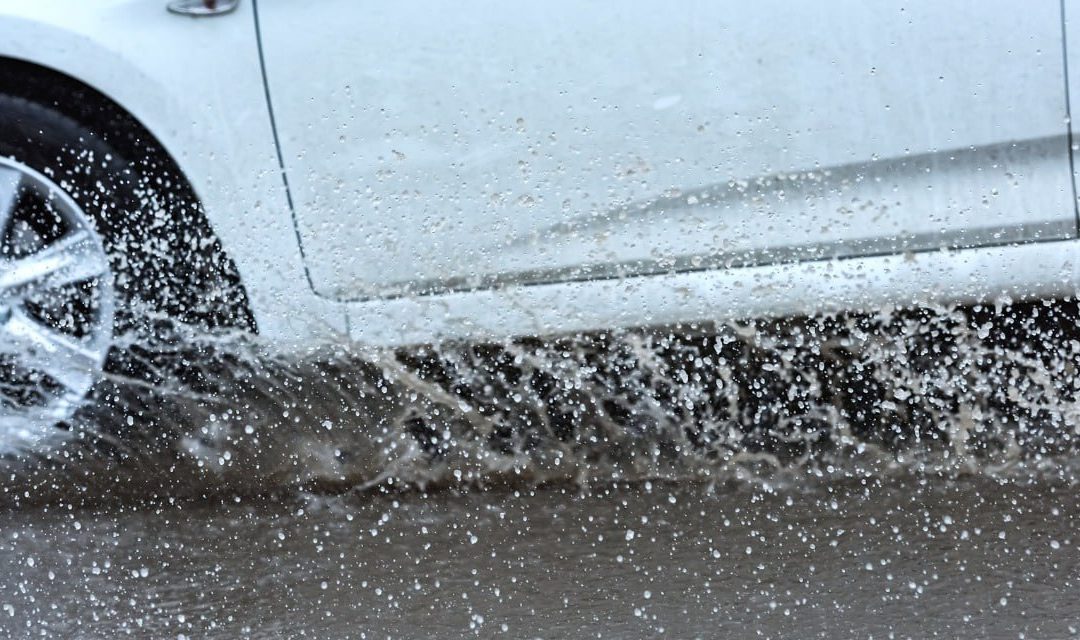- Slow down: Reduce your speed when driving in wet conditions. Rain can make the roads slippery, and it takes longer to stop on wet surfaces. Slowing down will give you more time to react to any potential hazards.
- Increase following distance: Maintain a safe distance between your vehicle and the one in front of you. This extra space allows for better visibility and provides additional time to brake or maneuver if necessary.
- Use headlights: Turn on your headlights, even during daylight hours, to improve your visibility to other drivers. It also helps you see the road more clearly.
- Avoid sudden maneuvers: Be gentle with the steering wheel, accelerator, and brakes to avoid skidding or hydroplaning. Smooth, gradual movements are key to maintaining control of your vehicle in wet conditions.
- Defog your windows: Rain can cause your windows to fog up, reducing visibility. Make sure your defogger is working properly and use the defrost setting to clear any condensation from the windshield and windows.
- Stay away from flooded areas: Avoid driving through standing water on the road. It’s challenging to judge the depth of water, and even shallow flooding can lead to loss of control or damage to your vehicle. Turn around and find an alternate route if you encounter a flooded road.
- Be cautious of hydroplaning: Hydroplaning occurs when your tires lose contact with the road surface due to water buildup. To prevent hydroplaning, avoid sudden braking, sharp turns, and maintain proper tire tread depth and inflation.
- Stay informed: Check weather forecasts before heading out and stay updated on any severe weather warnings or advisories. If conditions become unsafe, consider postponing your trip or finding a safe place to pull over until the rain subsides.
- Watch out for other drivers: Be mindful of other vehicles on the road. Some drivers may not adjust their speed or follow safety measures, so stay alert and be prepared to react to unexpected actions.
- Maintain your vehicle: Regularly inspect your vehicle’s tires, brakes, wipers, and headlights to ensure they are in good working condition. Proper maintenance will enhance your car’s performance in rainy conditions.
Remember, safety should always be your top priority when driving in the rain. By following these tips and using good judgment, you can help reduce the risk of accidents and arrive at your destination safely.

